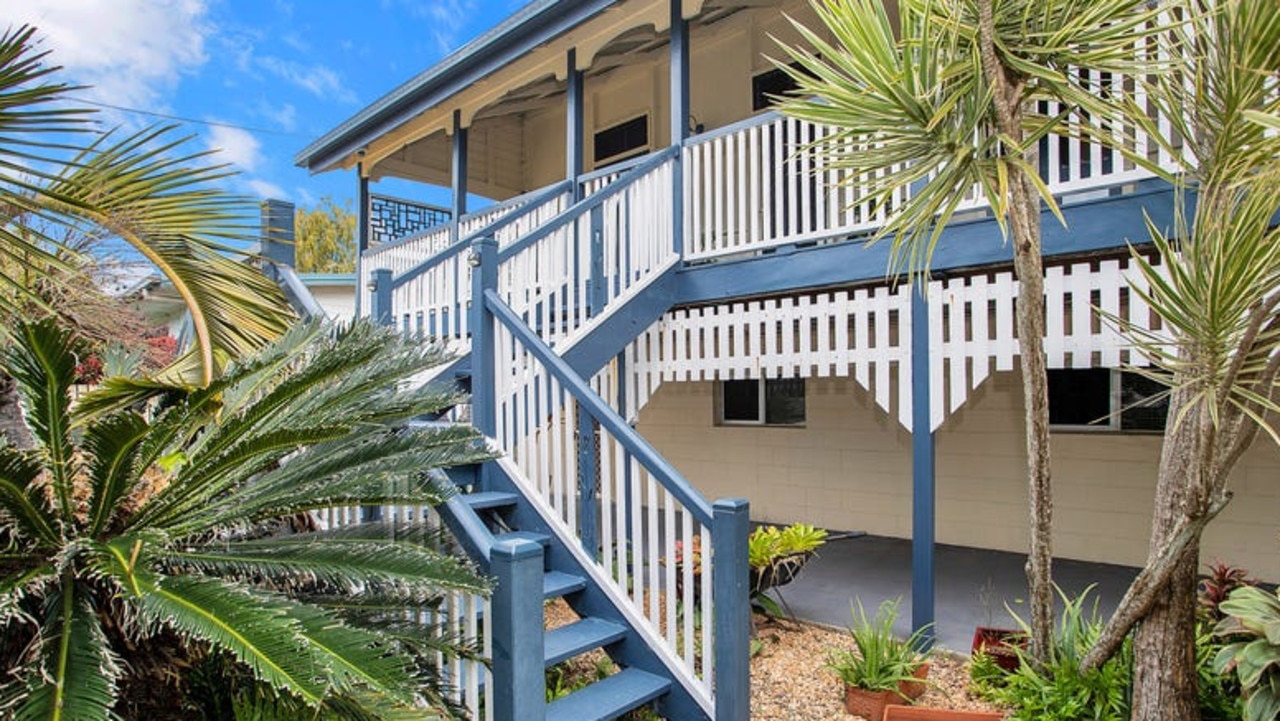Deadly dust exposure not just a concern for miners: Expert
A dust-control expert said the distance the source of exposure could travel was also being overlooked.

Mackay
Don't miss out on the headlines from Mackay. Followed categories will be added to My News.
A leading dust-control expert is warning Aussies to be aware of potentially deadly dust in workplaces you might not expect.
It comes after the Australian Workers Union last week revealed the diagnosis of Joanna McNeill, a 34-year-old Melbourne mother of two, whose silicosis was detected through an X-ray check when she returned to work from maternity leave.
Ms McNeill said she worked at Boral Quarries in Melbourne's east, doing administrative tasks in an office 90 metres from a crushing plant.
Managing director of de-dusting equipment specialist Mideco, Melton White, said the need for frontline workers in mining and quarrying to wear personal protective equipment had become better understood in recent years.
"But what is still virtually always overlooked is how far from the source that risk can travel," Mr White said.
"It travels with the assistance of wind and on the workers themselves.
"They carry the dust on their clothing into the tea room, into offices, and then they carry it away to their loved ones and friends if they remain wearing that dusty gear."
A resurgence of black lung disease in Queensland in 2016, decades after it was thought to have been eradicated, put the mining industry's health standards under the microscope.
But Mr White said awareness was still lacking about harmful dust exposure in other everyday occupations, including road building, construction, agriculture, pharmaceuticals and textiles.
Inhaling fine silica or quartz dust can lead to silicosis, an irreversible scarring of the lungs, which can progress to lung cancer.
More stories:
Critical paediatric care offered in Mackay for first time
FIFO doctor label is not 'fair'
'Extraordinary gaps' in Mackay end-of-life care revealed
Mr White said a 2019 study at five quarries in NSW and Queensland using a Mideco-developed personnel de-dusting device showed alarming levels of respirable crystalline silica dust had been clinging to workers' clothing.
"The quantity of dust removed from the workers' clothes per use ranged from 24 to 38 grams. Of this amount, the respirable dust ranged from 7 to 16 grams, with the two highest values coming from the same quarry," he said.
"However, the most concerning value came from a different quarry where 2.6 grams of respirable quartz was removed for each cleaning treatment."
Subscriber benefits:
How to activate your free Courier-Mail subscription
Your dose of Harry Bruce cartoons






